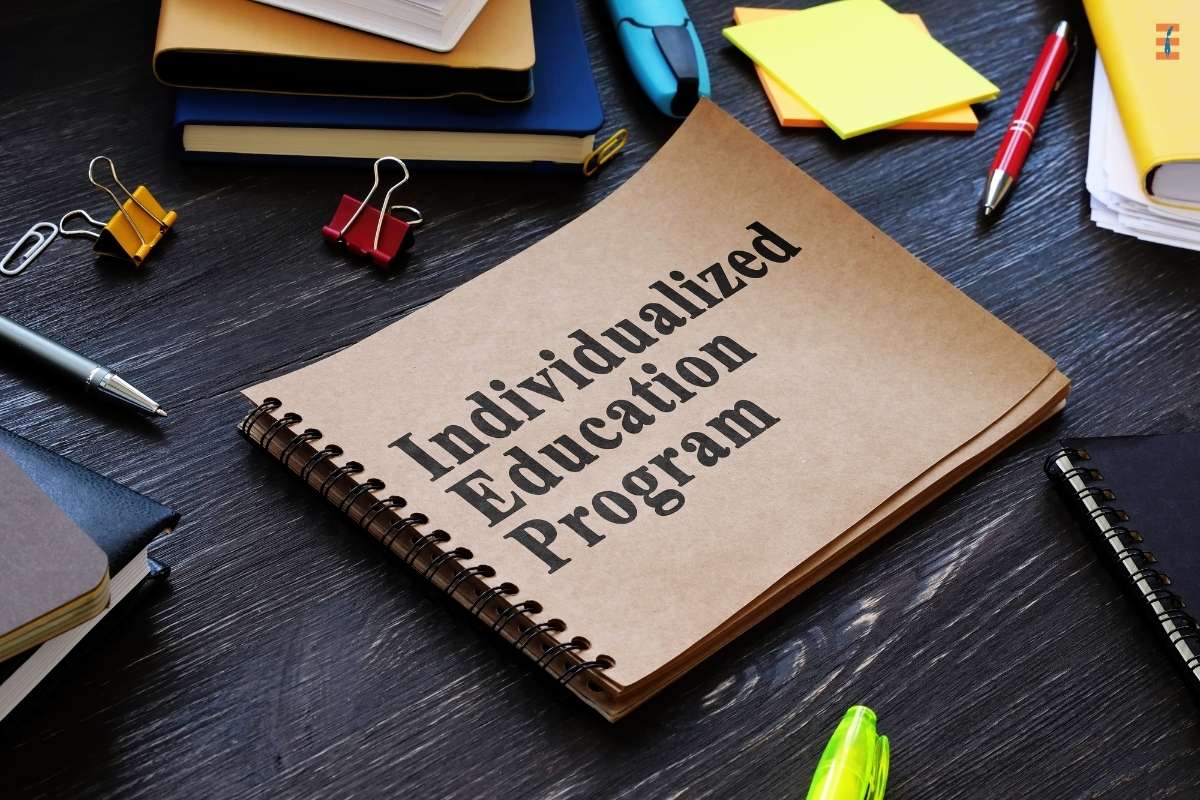Guiding students with disabilities toward success after high school is a profoundly impactful and challenging mission. These students, like their peers, harbor dreams, aspirations, and untapped potential waiting to be unleashed.
However, their journey typically involves facing specific obstacles and requires specific support systems to enable a smooth transition into adulthood. In this article, you will learn ten effective ways to empower and guide students with disabilities as they are on the path to success after high school, enabling them to pursue their dreams and lead fulfilling lives.
While the challenges may vary, one common thread unites these students: the desire for autonomy, self-determination, and the chance to contribute to society in meaningful ways. They possess a wealth of talents, ideas, and ambitions that, with the right guidance, can flourish.
By focusing on individualized education plans (IEPs), early transition planning, self-advocacy skills, career exploration, and knowledge of post-secondary education options, we can provide a solid foundation for their journey.
Through these strategies, we can create a supportive network that envelops students with disabilities, equipping them with the tools and knowledge they need to navigate the unique challenges they may encounter.
Ultimately, our collective efforts as educators, families, and communities play a pivotal role in empowering students with disabilities to achieve remarkable success as they transition from high school to the exciting next chapter of their lives.
Here are 10 ways to guide students with disabilities:
1. Individualized Education Plans (IEPs)
Individualized Education Plans (IEPs) are not static documents; they are dynamic tools that evolve as students grow and their needs change. Regularly scheduled IEP meetings involving educators, parents, and the student are essential for success.

During these meetings, progress toward established goals should be reviewed, and any necessary adjustments made. It’s vital to ensure that the IEP remains aligned with the student’s aspirations, strengths, and evolving needs as they transition to life after high school.
2. Early Transition Planning
Early transition planning is about more than just setting future goals; it’s about developing a mindset of independence and self-direction. To build self-confidence and decision-making skills, students should be involved in planning from the outset. Consider initiating discussions about post-high school options even earlier, in middle school if possible, to provide students with ample time to explore interests and learn about various pathways.
3. Self-Advocacy Skills
Self-advocacy skills empower students to take control of their education and their future. Beyond simply teaching self-advocacy, educators should create an environment where students feel safe to ask questions, seek help, and voice their needs.
Role-playing scenarios where students practice self-advocacy can be a valuable learning tool. Moreover, providing opportunities for students to lead IEP meetings or advocate for themselves in classroom settings can bolster their confidence and skills.
4. Career Exploration
Career exploration should extend beyond the classroom. Facilitate visits to local businesses or invite professionals from various fields to speak with students. Encourage students to attend career fairs, workshops, or online courses.

Furthermore, consider establishing partnerships with local businesses and organizations that offer internship or job shadowing opportunities, allowing students to gain firsthand experience in their chosen fields.
5. Post-Secondary Education Options
When discussing post-secondary education options, emphasize the importance of aligning educational choices with career aspirations. For students with disabilities, provide resources for different types of institutions, including community colleges, trade schools, and online programs. Explore scholarship and financial aid opportunities, and demystify the application process by offering guidance and support.
6. Life Skills Training
Life skills training should not be limited to the classroom. Consider creating real-life experiences within the school or community where students can practice these skills. For example, organizing a weekly “budgeting challenge” that involves planning and managing expenses can provide practical insights. Encourage students to participate in everyday tasks, like grocery shopping or cooking, with the guidance of teachers or family members.
7. Support Services and Accommodations
Ensure students are not only aware of support services and accommodations but also feel comfortable requesting them. Encourage students to maintain open lines of communication with educators and support staff, emphasizing that asking for help is a sign of strength, not weakness. Additionally, provide workshops or information sessions on assistive technology and how it can aid in academic and professional settings.
8. Family Involvement

Engage families as active partners in their child’s journey. Host regular meetings or workshops specifically for parents and guardians to address concerns and share resources. Encourage parents to participate in goal-setting for their child’s IEP and provide guidance on how to create a supportive home environment that fosters independence.
9. Mentoring and Peer Support
Establishing mentoring programs or peer support groups can significantly enhance a student’s transition experience. Encourage mentors to meet regularly with their mentees, providing guidance, advice, and emotional support.
Likewise, peer support groups can offer a safe space for students to share experiences, offer encouragement, and learn from one another. These connections can become invaluable sources of motivation and resilience.
10. Community Resources
Community resources are diverse and can cater to various aspects of a student’s life after high school. Familiarize students with local job placement agencies that specialize in working with individuals with disabilities. Provide information about advocacy groups that can offer guidance on navigating disability-related challenges.
Encourage students to explore social service agencies that may offer support with housing, transportation, or other daily living needs. By connecting students with community resources, you equip them with a robust support system for their post-high school journey.
Conclusion
Students with disabilities have the potential to achieve remarkable success after high school when provided with the right guidance and support. Individualized Education Plans, early transition planning, self-advocacy skills, career exploration, and knowledge of post-secondary education options are essential components of a successful transition.
Life skills training, awareness of support services and accommodations, family involvement, mentoring, and community resources further enhance students’ prospects for success. Empowering students with disabilities to become self-advocates and providing them with the tools and knowledge they need to navigate the challenges they may encounter is a collective effort that involves educators, families, and the community.
By adopting these ten strategies, we can ensure that every student with disabilities has the opportunity to pursue their dreams and lead a fulfilling and prosperous life beyond high school.
Also Read: How To Support The Educational Needs Of Students With Special Conditions?










